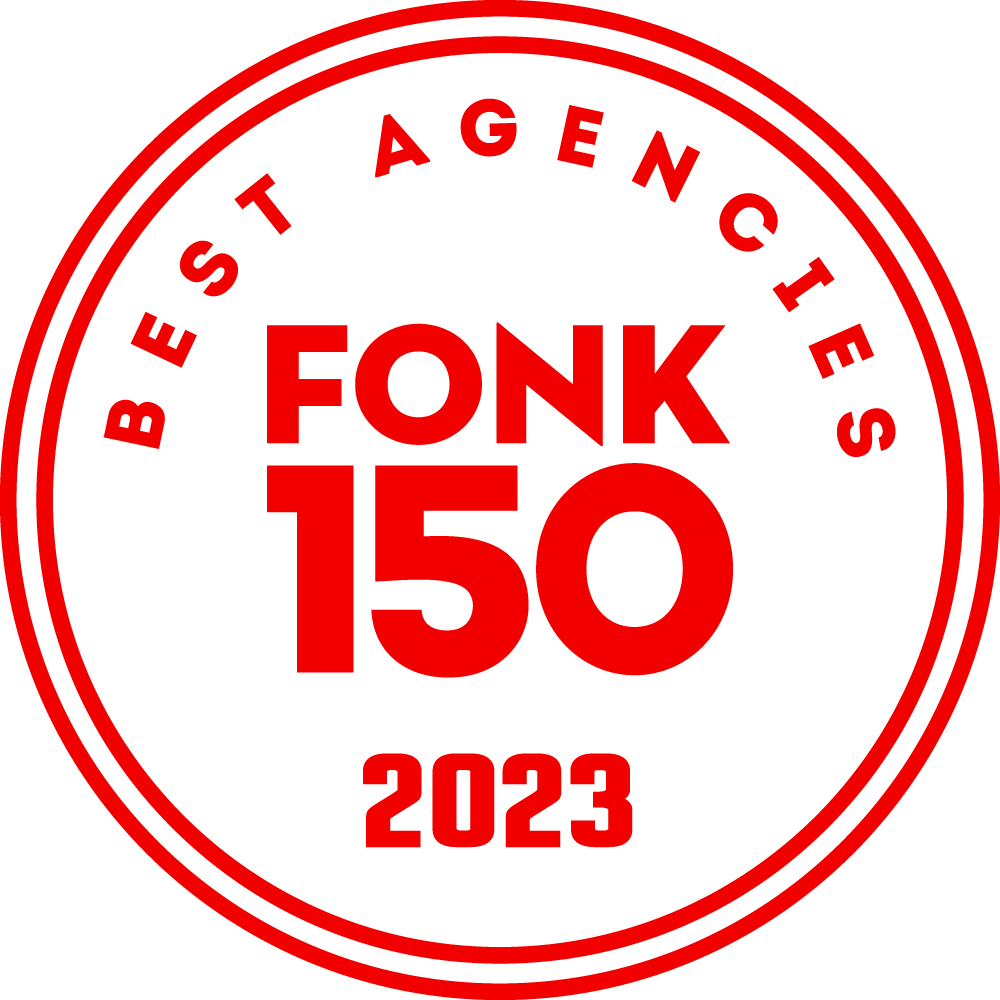What are composable applications and why do you need to know.
In a world of rapid technological developments, changing user needs and disruption, it is crucial to be resilient with flexible, adaptive software and an accelerating, agile way of working. Composable applications offer a new way of software development that meets these criteria. In this article, we discuss what composable apps are and why they are worth considering.


Enter the conversation with Laurent!
The term "composable applications" actually says it all: it refers to software that is composed with interchangeable individual components. To properly understand these composable apps, it is important to know that there are different levels of "composability". For instance, there is a "macro" level of composability, which involves the aggregation of different applications into an ecosystem of independently functioning applications that can be individually modified or scaled up. This provides flexibility without fragmenting the IT landscape.
At the "meso" level, a composable app consists of independent modules, each representing a different functionality, such as login, search or communication. This makes it possible to quickly and efficiently develop new solutions and adapt them to changing user needs or circumstances.
At the "micro" level, these modules are composed of individual components, such as pre-built buttons, search bars or forms. This makes it easy for developers to quickly build new modules and speeds up digital development.
Why is composable so important?
Gartner identified composable apps as one of the leading trends for future-proof IT strategy as early as 2021. This is partly due to the speed of technological developments, the experience of pandemic disruption and the variability of user requirements. Nevertheless, Gartner came up with the following four findings on the current situation:
- Large monolithic applications no longer meet the requirements, expectations or preferences of business leaders and customers, as continuous agility is now expected.
- Business leaders are looking for app experiences that can be creatively designed, adapted to users' different roles and can continue to be honed to differentiate as a company.
- A productive collaboration between an organisation and IT partners is essential to harness the optimal potential of applications and make a transformational impact.
- We currently have the technology and knowledge to build these future-proof business applications, yet there is delay or stagnation due to clinging to old ways of working, outdated organisational and cultural norms, and technical delays in adopting an agile business and IT environment.
The answer to these issues is a strategy that can accelerate and is flexible, scalable and adaptive. If executed well, a composable approach has the power to fulfil this.
Challenges
Although opportunities exist, many organisations are still far away from a holistic and composable approach. Many IT departments stick to project-based advanced customisation and are reluctant to adopt 'low-code' solutions and modules. While this ensures quality, it barely keeps up with the pace of the digital world. To enable digital acceleration, modular working with low-code modules is indispensable.
Another large proportion of organisations got caught up in a fragmented landscape of SaaS tools during the pandemic. These SaaS tools each have their own internal dependencies, despite often offering APIs. These dependencies limit the organisation's flexibility to respond quickly to changing business scenarios. Moreover, standard tools do not offer the customisation needed to really add value. Saas tools also come with hidden costs and risks
The biggest challenge lies in moving existing IT to a new composable ecosystem. Although APIs are almost ubiquitous in the existing IT landscape, they are created retrospectively rather than deployed by default. Current applications also often fail to recognise role-specific needs, leaving users with far too many unnecessary features. In addition, organisations are not yet well enough prepared to consistently manage an application environment that is constantly changing.
Next steps towards composable apps
As an organisation, how can you close the IT gap? Gartner has laid out a number of steps:
First, it is important not to continue with the old approach. This creates limiting dependencies. So don't build new monolithic solutions and start replacing existing software to move to assembled application experiences.
Then accelerate the development of modules that can serve as building blocks for applications. Work with an IT partner that can offer proven modules to move forward quickly. In doing so, start from the outside in and look at customer/employee needs from the outside to discover specific role-specific needs and the required applications. Then internally, ensure an agile culture with shared responsibility.

